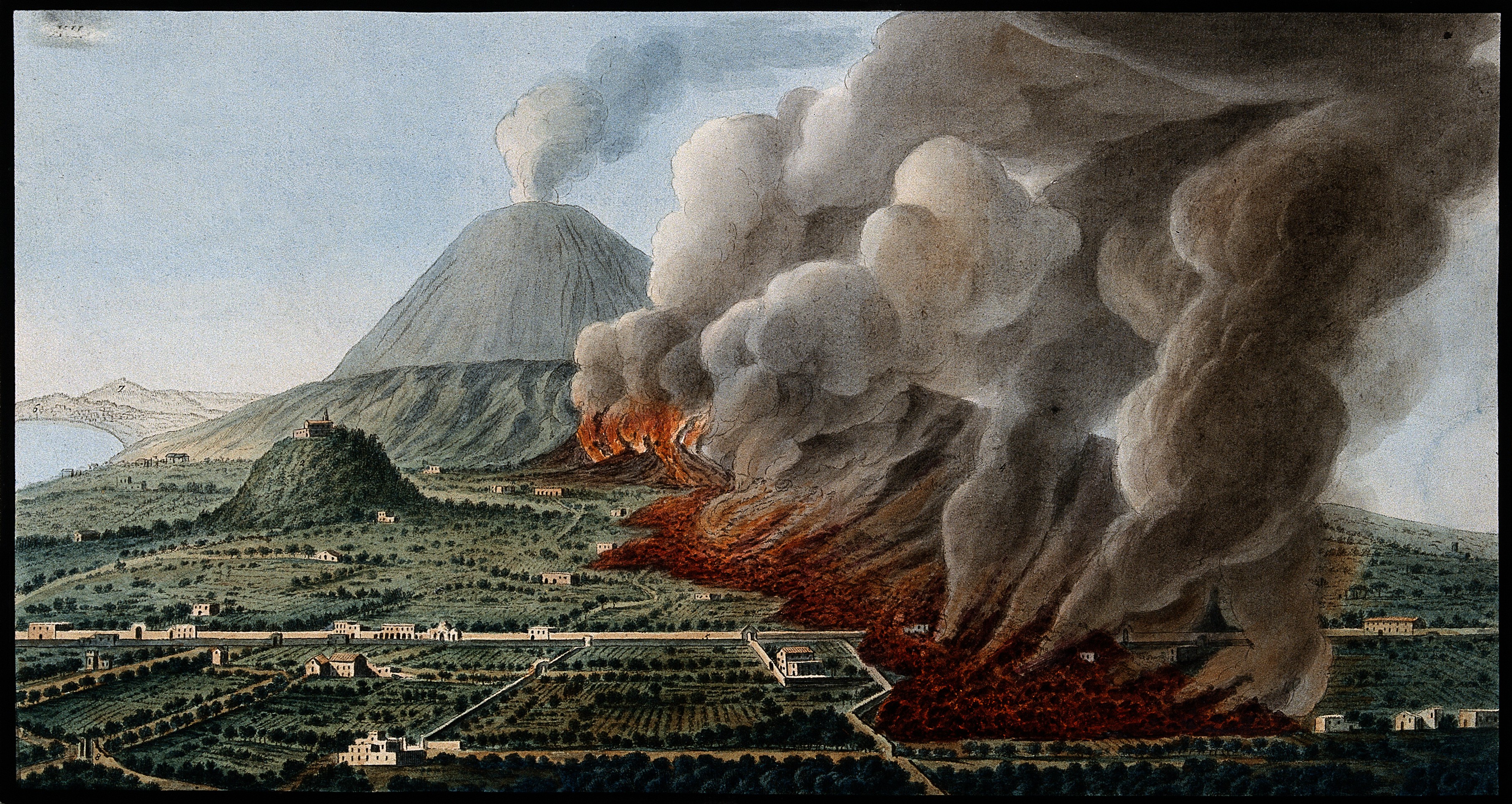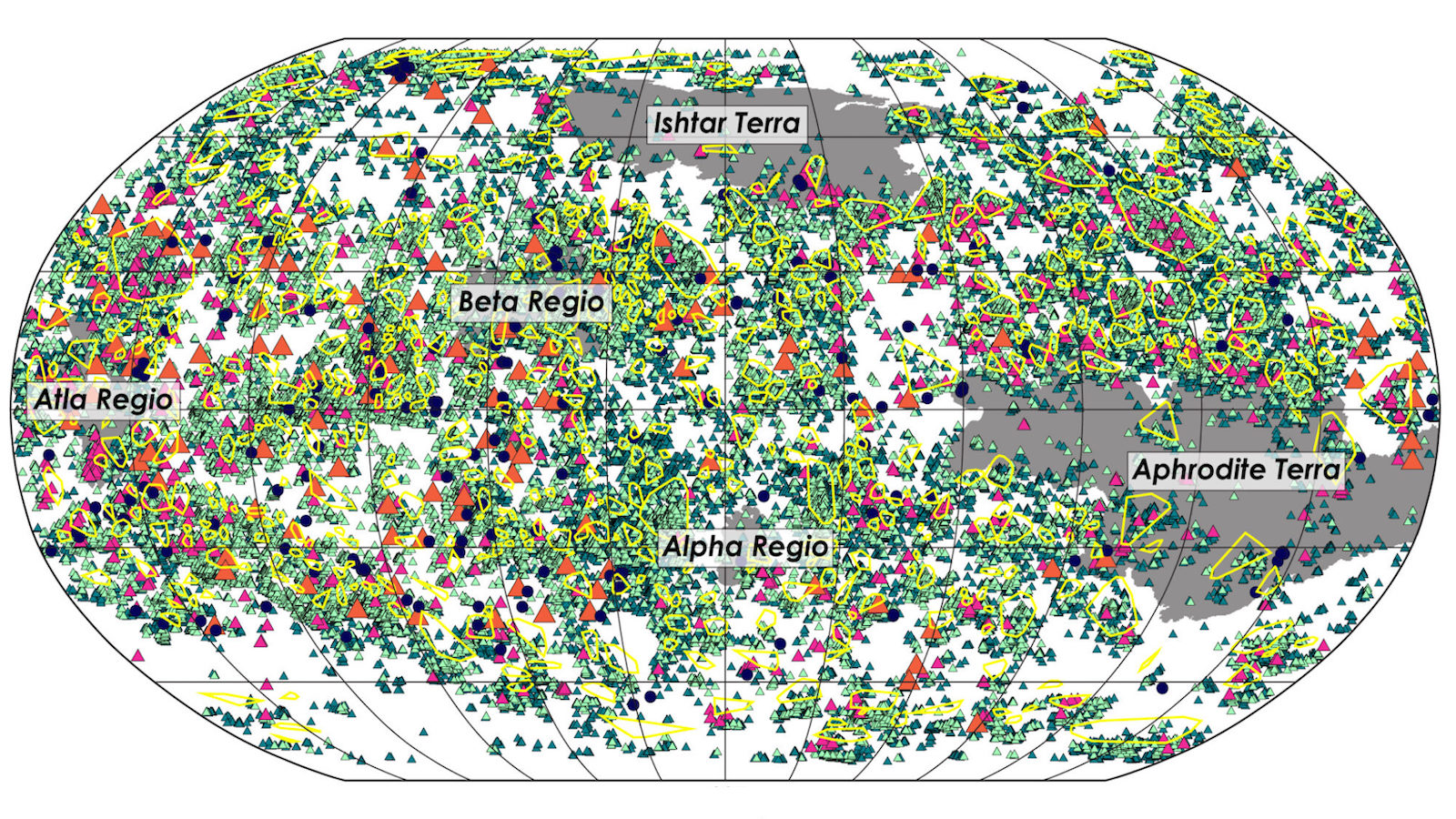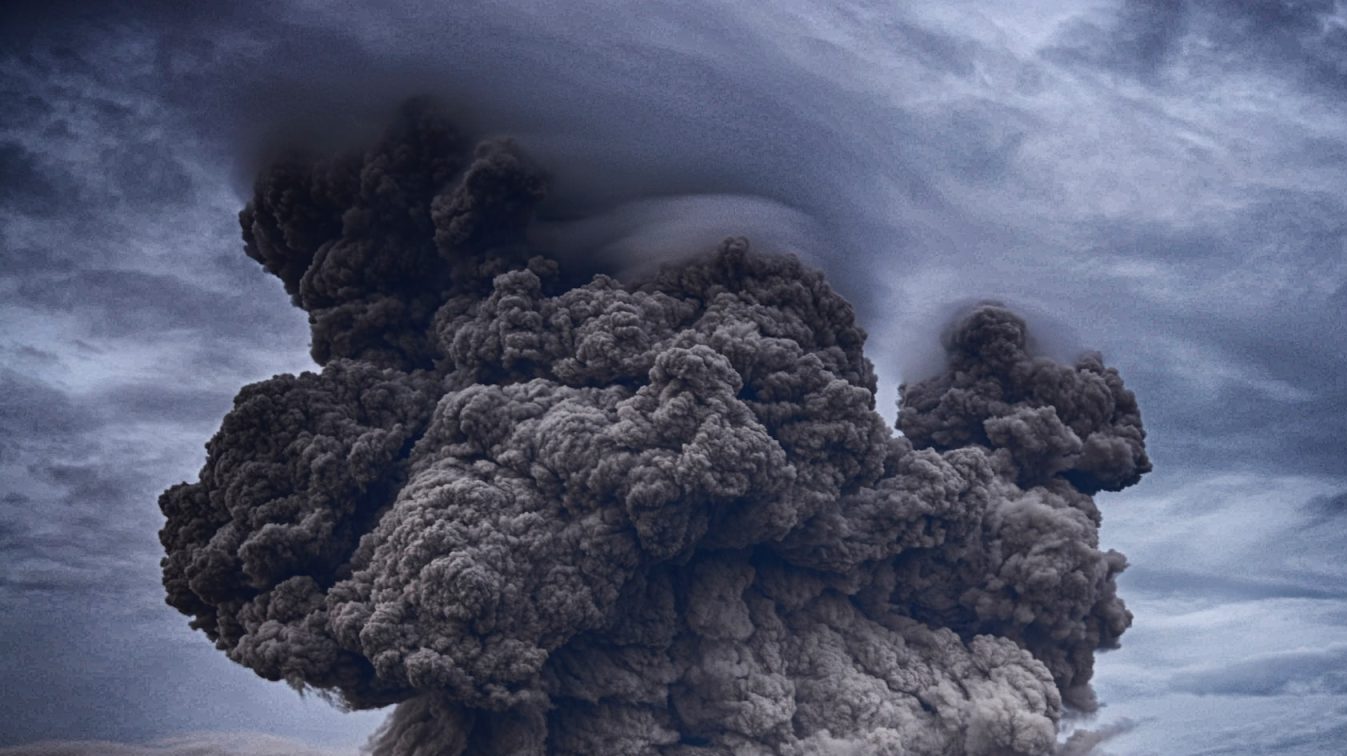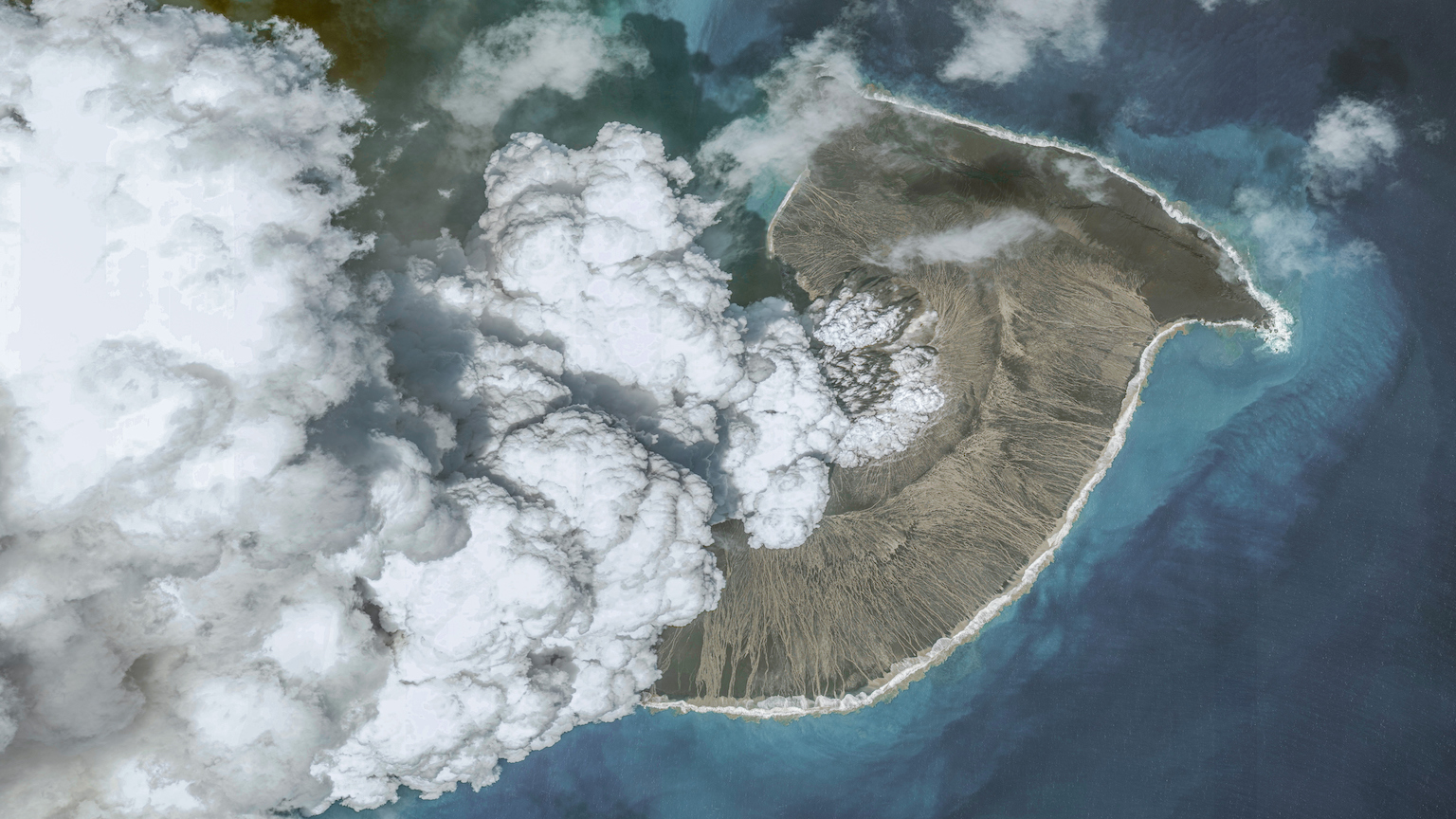Expanded evacuations as the Kirishima eruption continues

I spent most of the weekend with some sort of cold/flu/virus, so I’m only now catching up with all the goings-on that I missed over the weekend (not that my head isn’t 100% cleaned up, but Mondays are Mondays). Looks like I got a lot of reading to do, but I’ll start with an update on the ongoing Kirishima eruption in Japan (along with a bit on Sakurajima as well).
Japanese officials have now extended the evacuation zone around the Shinmoe-dake cone* in the Kirishima Volcanic Field to now include 610 residents of the town of Takaharu for fears of potential pyroclastic flow and bomb activity. This is likely related to the appearance of a dome in the summit crater of the cone that could collapse to produce the flows of hot ash, tephra, volcanic blocks and gases if the dome gets big enough to reach the edge of the crater (see image below). The new dome was at least 50 meters in diameter on Friday but more recent images from January 31 suggest it has gotten larger (see below – or see the new image with the glow of hot lava/tephra from the center of the dome), closer to 500 meters in diameter (Japanese). The same article that describes the new dome also mentions that Geospatial Information Authority in Japan had noted inflation at Kirishima since December 2009 – and since May 10, they calculated ~6 million m3 (0.006 km3) of magma in a reservoir at 6 km depth that is ~10 km WNW from Shinmoe-dake and another 1 million m3 (0.001 km3) of magma at 3 km depth under the Shinmoe-dake cone itself. There is a lot of great information on the eruption on a website hosted by the University of Tokyo (Japanese – try Google Translate) that has compositional data and images of clasts from the eruption – it appears to be an andesite eruption on the most part, along there might be multiple flavors of the magma. The explosivity of this eruption so far suggests that the magma was fairly gas-rich at first – and the pumicaceous/scoriceous nature of the clasts seem to support that – but the new dome might be signs of a less gas-rich magma.

The dome inside the Shinmoe-dake crater at Kirishima, taken on January 31, 2011. Image courtesy of the University of Tokyo.
As for the eruption itself, Eruptions reader and volcano documentarian captured some great video of the eruption at Kirishima, along with some of the activity at nearby Sakurajima. The footage of Sakurajima has more of the “pressure waves” first noted during the eruption at Eyjafjallajokull this past spring – and as always, is great up-close-and-personal footage of an erupting volcano. Eruptions reader Mike also sent me a great “before” image of the crater area of Shimnoe-dake, taken in 1990 (below). You can compare that to the images from the University of Tokyo website of the current conditions (see top left). The BBC has also posted a nice collection of images from the eruption and the nearby region, showing the ash fallout and evacuation centers. In fact, there is no shortage of great image galleries for this eruption.

Shinmoe-dake crater at Kirishima seen in 1990. Image by Eruptions reader Mike.
*Note: There has been some confusion about Shinmoe-dake versus Kirishima and it all comes down to what you consider the actual volcano. Kirishima is a series of vents/domes that make up a cluster while Shimnoe-dake is a single crater in that greater volcanic field. I suppose an equivalent might be how Lassen Peak and Chaos Crags in California are both part of the greater Lassen Volcanic Center. In this case, both Shinmoe-dake and Kirishima are both technically correct names for this eruption.
Be sure to keep an eye on the webcams for the eruption (seventh from bottom on right hand list) to see all the action as it happens.
Some other brief volcano news from other spots around the world:
Bromo: Flights have resumed to Bali as the ash explosions from the crater inside the Tengger Caldera. As usual, it might take a few days to clear out the backlog of the cancellations, but there is still the threat of new cancellations. The Darwin VAAC does still have an ash advisory, but only to ~4 km / 12,000 feet.
St. Helens: We can all get a little excited about the small earthquake swarm under St. Helens – except these are as common as anything. The grand total so far has been ~9 earthquakes of between M1.3-2.6 over the last 2 days, all somewhat poorly constrained between 3.5-6 km depth.
Beerenberg: There was an earthquake over the weekend somewhat near Jan Mayen Island in the far north Atlantic Ocean. Jan Mayen is a territory of Norway and actually has the lone active volcano on Norwegian soil, Beerenberg. That volcano last erupted in 1985 producing lava flows with minor tephra. Now, it doesn’t seem like the M6.2 earthquake is likely to prompt an eruption at Beerenburg, but it did at least cause me to note that Iceland doesn’t have all the volcanoes of the great white north. If anything does happen, you can check out the webcam on Jan Mayen, added to the “Volcano webcams of the World“.
Top left: The crater area of Shinmoe-dake on January 30, 2011. Image courtesy of the University of Tokyo.





